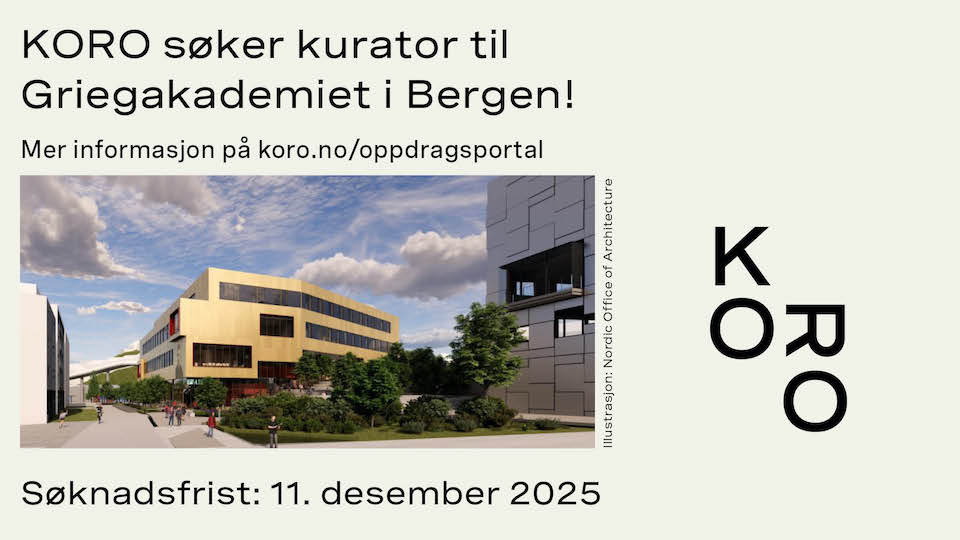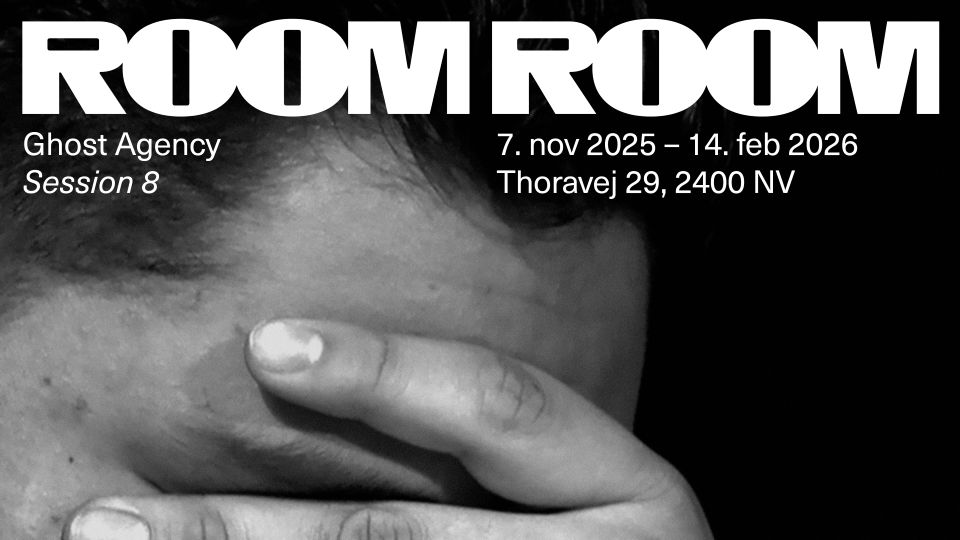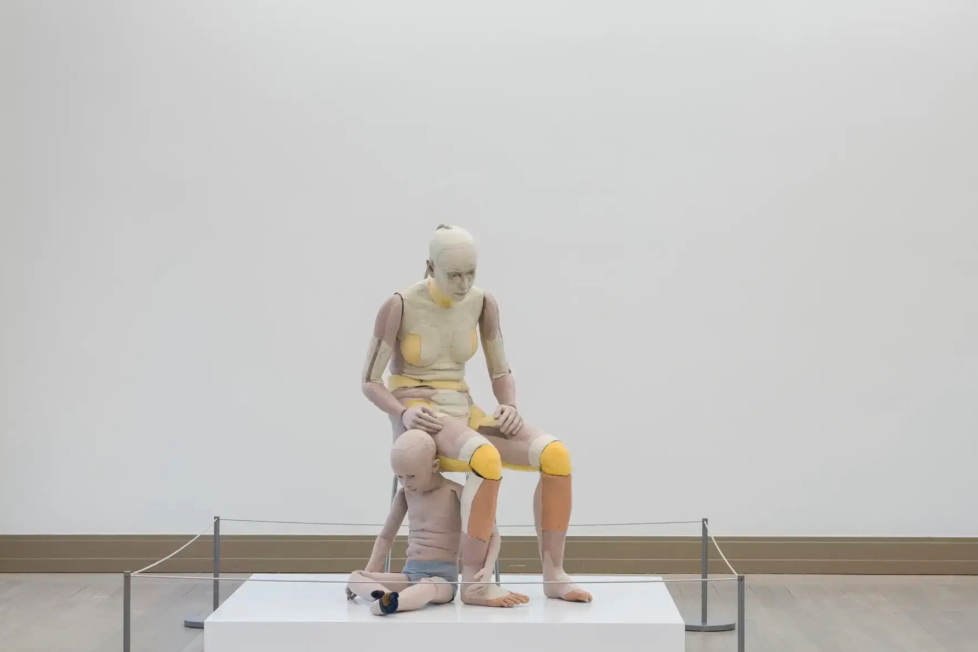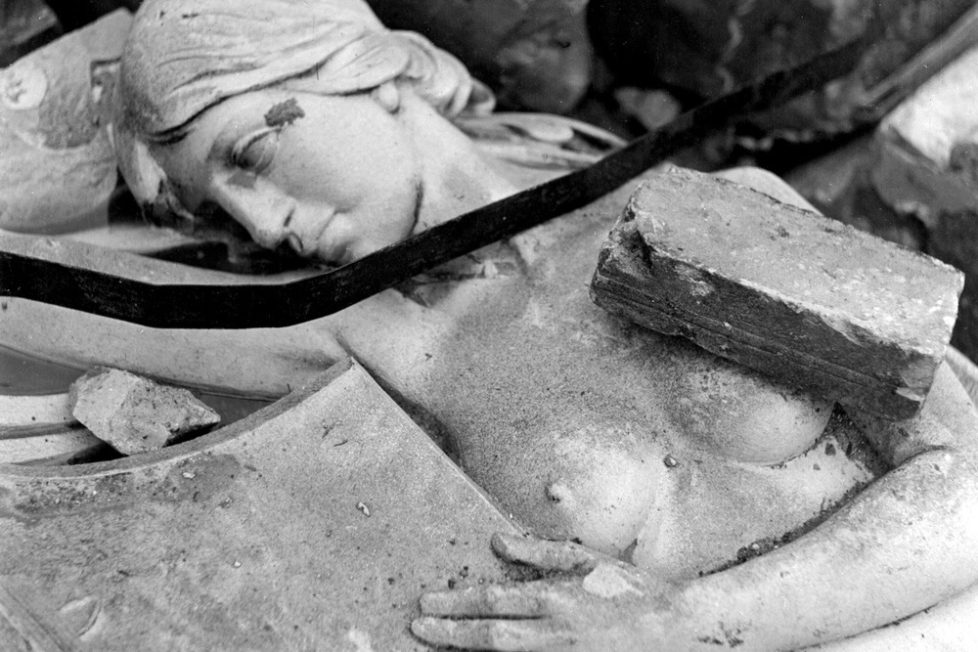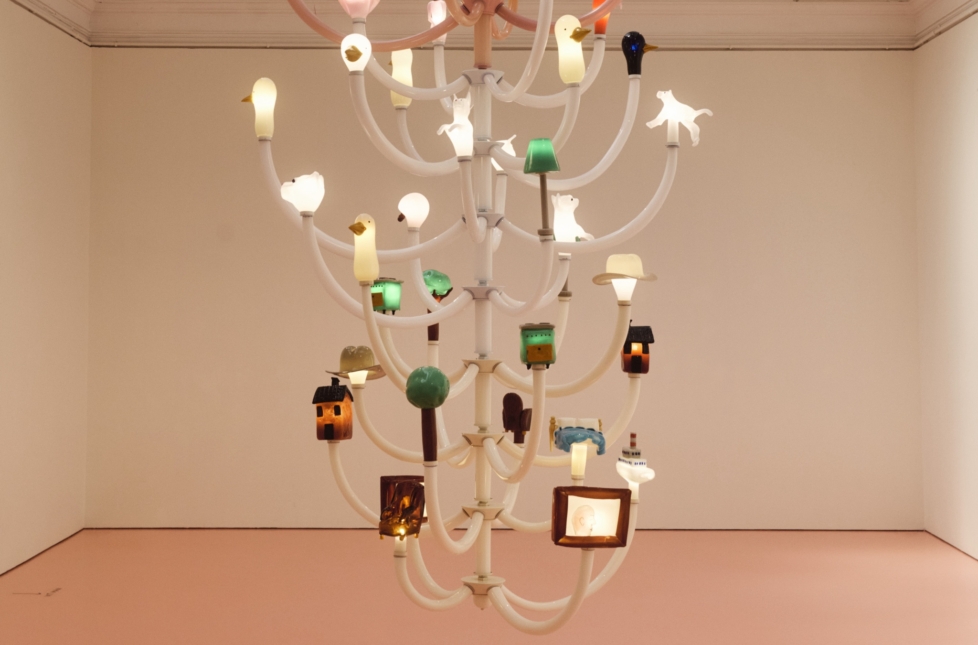
In Momo, a 1973 novel by the German fantasy and children’s fiction writer Michael Ende, the titular character is a girl who, dressed in a worn coat, one day appears on the outskirts of a big city. Full of the wonder of the newly arrived, she observes how people rush around to save time that can be deposited in the Timesavings Bank run by the Grey Gentlemen. For her own part, Momo has the rare gift of being able to truly listen to people, their worries and problems: she has all the time in the world.
All the time in the world is the title of Simon Dybbroe Møller’s first solo show in Copenhagen in over a decade. Before presenting the solo exhibition Hypnic Jerk at Kunsthal Aarhus this summer, he had primarily exhibited abroad in recent years while acting as a professor at the Royal Danish Academy of Fine Arts. Works from that exhibition have now found their way to Palace Enterprise, where they are accompanied by artist Jaakko Pallasvuo’s poetic-abstract text with a drawing of Momo on the cover.
It seems obvious to think of Dybbroe Møller as a kind of Momo: someone whose sensitive, outsider gaze can question what seems given and transform found objects into sculptural ones. The installation Watchtowers (2023), which fills the entirety of the narrow former retail space at Palace Enterprise, comprises a series of the kind of slick commercial displays usually used to present luxury watches to shoppers. Here, the watches have all vanished while the tall and slender display cases remain, still lit and yawning with deep emptiness as they spin senselessly and purposelessly. On the shelves where the expensive consumer goods used to be, we find nothing but dust, broken glass, and small pieces of plastic.
In the absence of the objects they were originally supposed to exhibit, the display cases’ own sculptural qualities become apparent. They are strange gizmos, really. “How peculiar that people should construct such large, illuminated, and spinning machines that only exist to contain other objects,” Momo thinks. A strange and mysterious altar for the fetishisation of luxurious objects, not unlike the commercial gallery in which we find ourselves.
Standing side by side in the gallery space, they look rather like the kind of abandoned modernist housing blocks or empty shopping centres often found on the outskirts of big cities. Utopian projects that were perhaps finished, or that have collapsed under the pressure of an impending ecological catastrophe caused by our colossal overconsumption. The remains stand as retro-futuristic apparitions with smashed windows that open onto the building’s inner emptiness. Perhaps they are places of lookout and observation: Watchtowers, as the title suggests in Orwellian fashion. Or perhaps they are the Grey Gentlemen’s Timesavings Banks, used to hoard the accumulated time of humankind?
In the back room of the gallery, we finally find an object of desire – or rather a photograph of it. As is the case with the displays, the actual object is absent. It is a so-called Fleischstein, a type of stone whose surface resembles marbled meat. The more such stones resemble meat, the more valuable they are, and there are dedicated collectors of this particular mineral. Thus, the stone posits itself, like the Watchtowers, between various ephemeral states: it is an object whose value is tied up with something that lies outside itself; its value is governed by what it resembles, or by what we need it to represent.
Because all this is, of course, also about art – about creating it, exhibiting it, and collecting it in a time characterised by consumerism, capitalism, and a desire that cannot be satisfied. If what we hunger for is time, presence, and soft bodies, All the time in the world seems to give us the opposite: emptiness, absence, and collapsed relationships between the objects’ external appearance and their inner being. Miniature worlds of dust and broken utopias.
And yet. While Simon Dybbroe Møller lets Momo appear as protagonist, allowing us to join her in standing outside and observing the impossible madness of human desire, he also does the very opposite as a visual artist. He creates a subtle casing, a display, and perhaps even an object in which we can place our yearning. Quite a generous gesture, really.









